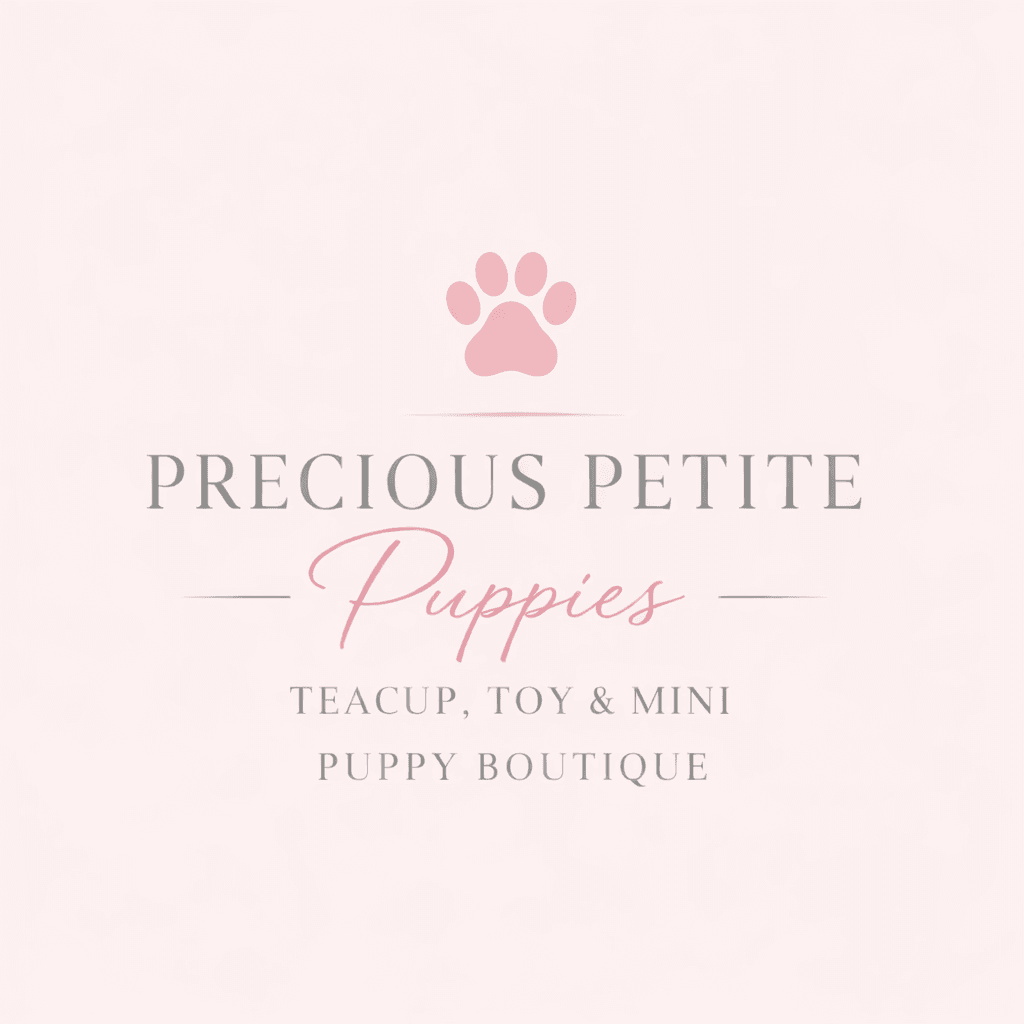Pet-Proofing Your Home: Tips to Ensure a Safe Environment
Pet-Proofing Your Home: Tips to Ensure a Safe Environment
Welcome to our blog post on pet-proofing your home! As pet owners, we understand the importance of creating a safe environment for our furry friends. Just like childproofing a home, pet-proofing is essential in preventing accidents and keeping our pets out of harm's way. In this post, we will share some valuable tips to help you create a pet-friendly and safe space for your beloved companions.
1. Secure Hazardous Materials
Pets are naturally curious and may come into contact with harmful substances. It's crucial to store cleaning products, medications, and chemicals in secure cabinets or high shelves. Avoid leaving any toxic items within reach, as ingestion can lead to serious health issues. Remember, prevention is key!
2. Hide Electrical Cords
Electrical cords are not only unsightly but can also pose a danger to your pets. Dogs and cats may chew on cords, risking electric shock or even burns. Keep cords out of sight by using cord concealers, tape, or by rearranging furniture to block access. Alternatively, you can use cord protectors to deter your pets from chewing on them.
3. Secure Trash Bins
Pets are notorious for rummaging through trash bins, which can lead to them ingesting harmful substances or choking on small items. Invest in pet-proof trash cans with secure lids or keep your bins in a closed pantry or cabinet. This will prevent your pets from making a mess and getting into potentially dangerous materials.
4. Create a Safe Outdoor Space
If you have a backyard, it's essential to create a safe outdoor space for your pets. Ensure your fence is secure and free from any gaps or holes that could allow your pet to escape. Remove any toxic plants from your garden and consider using pet-friendly pesticides and fertilizers. Providing shade, fresh water, and shelter is also crucial to keep your pets comfortable.
5. Keep Food and Medications Secure
Pets are often tempted by human food, but many common items can be toxic to them. Keep all food items securely stored in cabinets or on high shelves. Be cautious when it comes to medications as well, as even a small dose can be harmful to your pets. Store medications in a secure location, and never leave them within reach.
6. Avoid Dangerous Houseplants
Some houseplants can be toxic to pets if ingested. Before bringing any new plants into your home, research their toxicity levels. Avoid plants such as lilies, aloe vera, and peace lilies, which can cause health issues if consumed. Opt for pet-safe alternatives like spider plants, Boston ferns, or Areca palms, which are non-toxic to cats and dogs.
7. Secure Windows and Balconies
Pets love to explore and may be tempted to jump out of open windows or balconies. To prevent accidents, ensure all windows are secured with screens or window guards. If you have a balcony, consider installing a pet-proof netting or barrier to prevent your pets from squeezing through the railing.
8. Store Small Objects
Small objects, such as buttons, coins, or small toys, can be choking hazards for pets. Keep these items off the floor and store them in containers or drawers. Regularly check your home for any small objects that may have fallen or been left within reach of your pets.
By following these pet-proofing tips, you can create a safe and secure environment for your furry friends. Remember, each pet is unique, so always consider their specific needs and behaviors when pet-proofing your home. With a little effort and attention to detail, you can ensure your pets stay happy, healthy, and out of harm's way!




